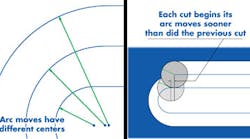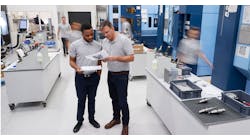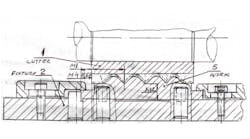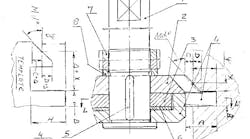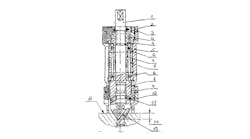Celeritive Technologies Inc. has filed a patent for a new toolpath concept — Non-Concentric Milling — that it reports is designed “to reduce tool load and improve chip clearance. Celeritive is the developer of the VoluMill™ toolpath engine, and adds that Non-Concentric Milling is included in VoluMill v4.0, its latest update.
As explained by the developer, most roughing toolpaths will program adjacent cuts to include arcs that are concentric, sharing center points and entry angles. A load spike will occur immediately whenever a cutting tool begins machining along these arcs, and the increased load remains in effect until the arc is exited. Non-Concentric Milling addresses both of these problems, Celeritive indicated.
“An increase in the angle of engagement between the tool and the material always occurs when an end mill begins a counterclockwise cut (assuming climb milling), even in toolpaths designed specifically to control the engagement angle,” stated Celeritive chief product officer Glenn Coleman. “Non-Concentric Milling begins circular motion sooner than on each previous cut by precisely planning arc placement to stagger the entry points. This spreads the inevitable increase in engagement over a longer distance and minimizes its duration, producing a smoother load curve and aiding in chip clearance and evacuation.”
